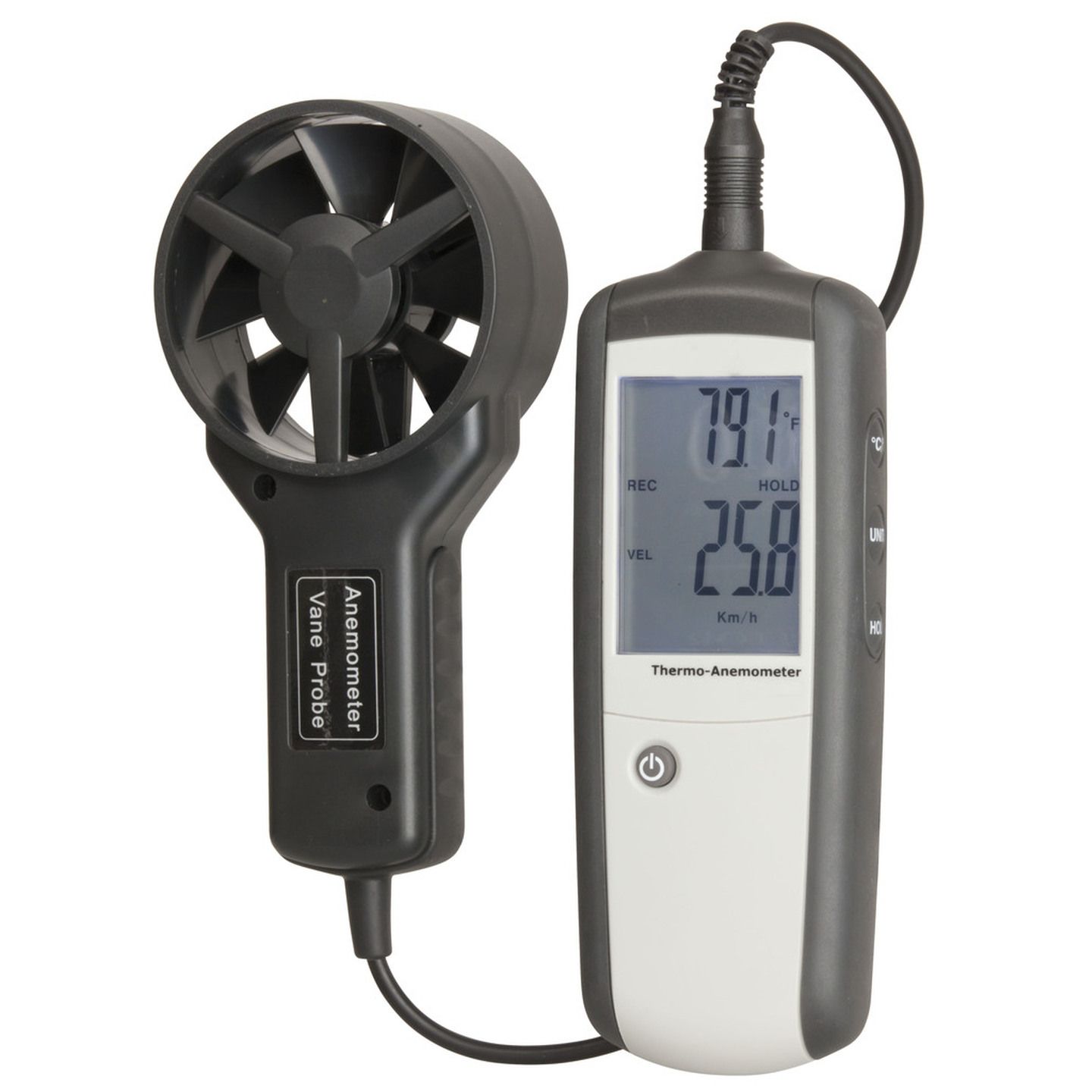Understanding Different Sorts Of Anemometers for Various Applications
Understanding Different Sorts Of Anemometers for Various Applications
Blog Article
Anemometers Revealed: Understanding Their Relevance in Environmental Tracking and Safety And Security Procedures
The duty of anemometers in ecological monitoring and precaution is typically undervalued, yet their importance is obvious. These instruments have a lengthy history rooted in clinical inquiry and technical improvements, evolving to end up being important tools in various fields. From weather forecasting to aeronautics safety and security, anemometers play a crucial role in giving precise data that notifies decision-making procedures and boosts overall safety and security. Understanding the details of anemometers reveals a world of vital understandings that are basic to our understanding of the setting and the measures we take to ensure security.
Background of Anemometers
The development of anemometers can be mapped back to the ancient human beings where rudimentary wind gauging tools were initial used. These early wind dimension tools laid the structure for the growth of extra innovative anemometers in time. One of the earliest well-known anemometers was the hemispherical cup anemometer invented by Leon Battista Alberti in the 15th century. This layout contained 4 hemispherical cups that gathered wind energy, providing a dimension of its strength based on the speed of turning.
Over the years, improvements in modern technology led to the advancement of more contemporary anemometers, consisting of ultrasonic anemometers and laser Doppler anemometers, providing boosted accuracy and performance in determining wind speed and direction. The history of anemometers showcases an impressive trip of technology and development in the field of weather forecasting.
Sorts Of Anemometers
Throughout the field of weather forecasting, various kinds of anemometers have been established to accurately measure wind rate and direction. Sonic anemometers make use of ultrasonic signals to determine wind rate and direction precisely. Hot-wire anemometers run based on the principle that the cooling effect of wind on a heated cord is symmetrical to the wind speed.
Applications in Weather Forecasting
Having gone over the numerous types of anemometers made use of in meteorology for measuring wind speed and direction, it is necessary to discover their sensible applications in the field. Anemometers play a critical role in weather forecasting by providing exact and real-time information on wind problems (anemometer). Meteorologists utilize anemometers to check wind rate and instructions to anticipate climate patterns, problem warnings for serious climate events like hurricanes, tornados, and cyclones, and analyze atmospheric problems for air travel safety
In weather forecasting, anemometers aid in understanding local and neighborhood wind patterns, which are important for forecasting weather changes and determining climatic trends. These devices are likewise utilized in study to examine microclimates, urban heat islands, and air pollution dispersion. Furthermore, anemometers are employed in farming to optimize plant administration techniques, such as irrigation and chemical application, based upon wind problems.
Significance in Aviation Security
An essential element of making sure aeronautics safety and security exists in the precise tracking of wind problems using anemometers. Anemometers play a vital role in air travel by supplying real-time information on wind rate and instructions, aiding pilots in making notified decisions throughout liftoff, trip, and landing. Strong and unpredictable winds can dramatically influence airplane procedures, making it crucial for aviation authorities to count on accurate wind dimensions to make certain the safety and security of guests and team.

In the vibrant atmosphere of air travel, where even small changes in wind speed and instructions can have extensive effects, anemometers stand as important tools for promoting risk-free and secure flight.
Role in Environmental Research Study
Anemometers play an essential role in ecological research by providing vital data on wind rate and instructions. By properly determining wind characteristics, anemometers help scientists examine the activity of contaminants in the air, analyze the effect of industrial discharges, and anticipate the spread of contaminants in the environment.


Verdict
In final thought, anemometers have actually played a vital role in environmental monitoring and security steps. Understanding the relevance of anemometers is essential for properly measuring wind speed and Visit Your URL instructions, which is vital for predicting weather patterns, making sure safe air travel procedures, and performing ecological researches.
One of the earliest well-known anemometers was the hemispherical cup anemometer invented by Leon Battista Alberti in the 15th century. Over the years, advancements in modern technology led to the growth of even more modern-day anemometers, including ultrasonic anemometers and laser Doppler anemometers, offering increased precision and performance in determining wind speed and direction. Hot-wire anemometers operate based on the principle that the cooling result of wind on a warmed cord is symmetrical to the wind speed. Meteorologists utilize anemometers to monitor wind rate and instructions to anticipate weather condition patterns, problem warnings for serious climate events like storms, storms, and hurricanes, and assess atmospheric conditions for air travel security.
Comprehending the importance of anemometers is important for accurately determining wind speed and instructions, which is crucial for predicting weather condition patterns, guaranteeing safe aeronautics operations, and conducting environmental Visit This Link researches. (anemometer)
Report this page